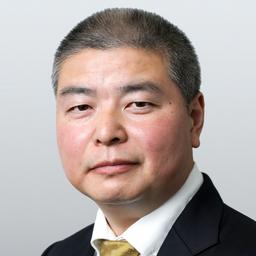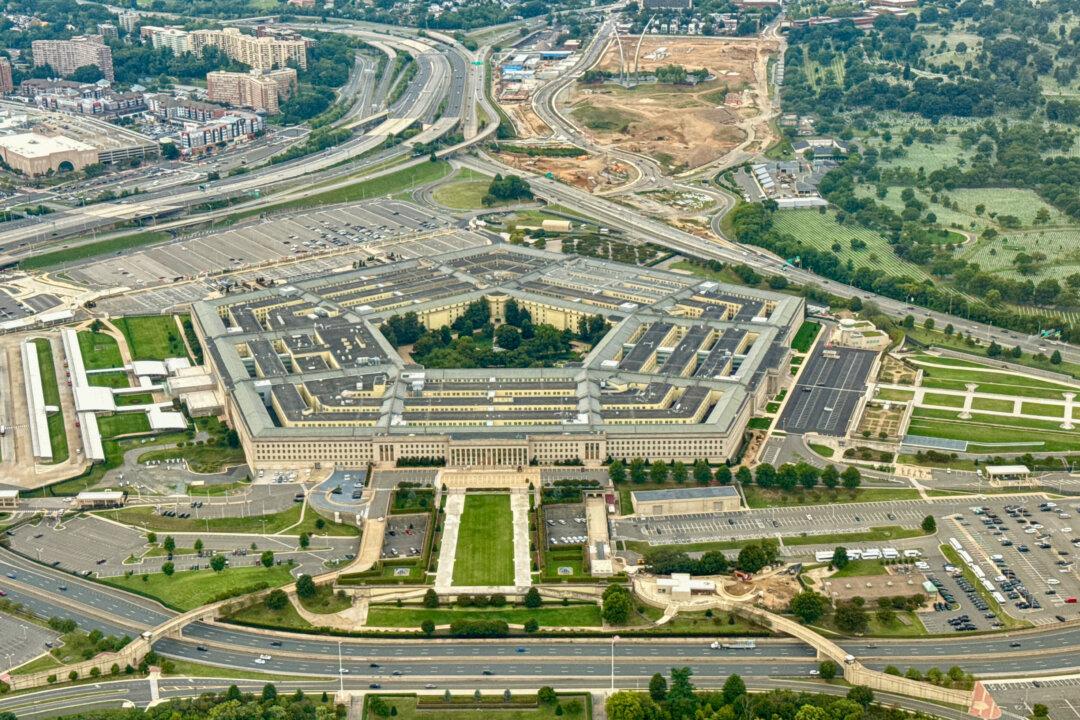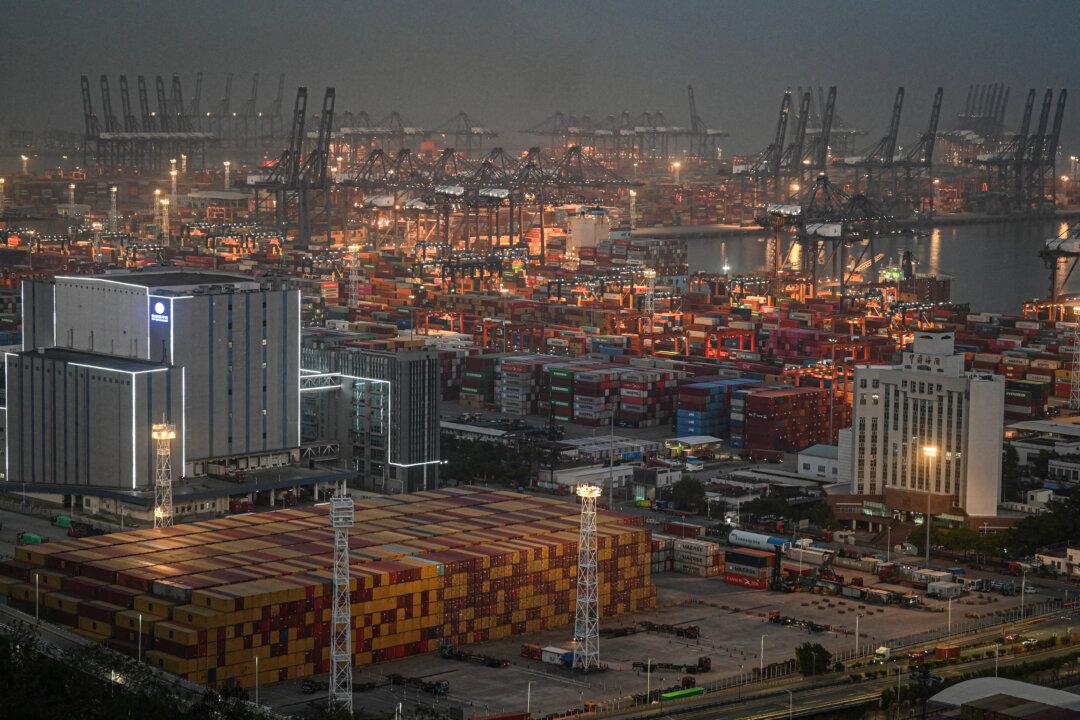Commentary
Later this month, the Chinese Communist Party will hold its Fifth Plenary Session of the Central Committee of the Chinese Communist Party. Traditionally, during this session, the CCP will outline the objectives for its planned economy, in its Five-Year Plans. This year will mark its 14th Five-Year Plan.





